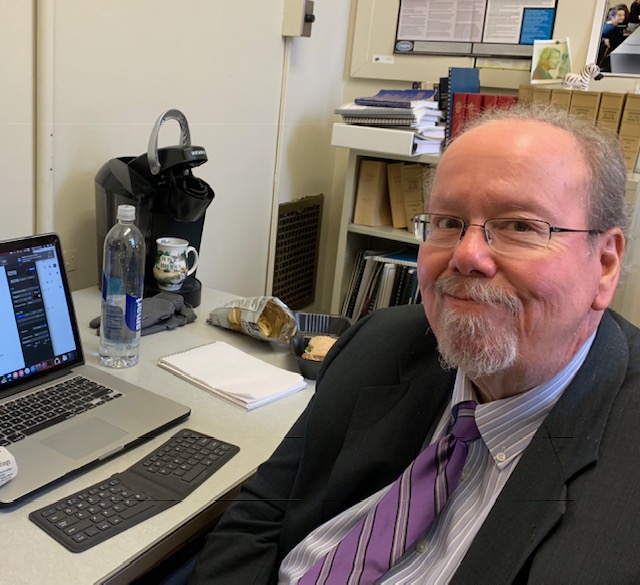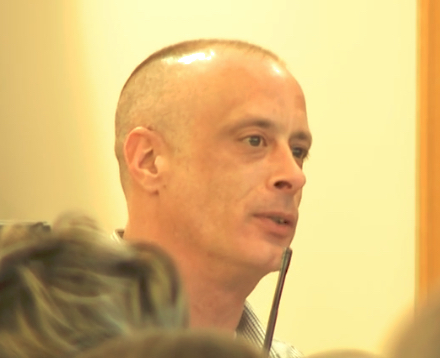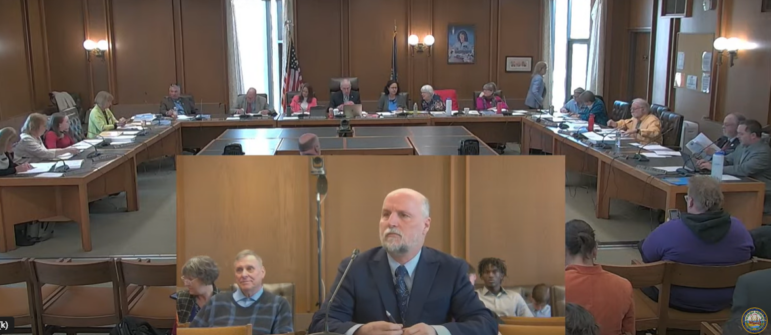
By GARRY RAYNO, InDepthNH.org
Elections have consequences and Democrats are about to receive a difficult reminder of how impactful the repercussions can be.
The second decade of the 21st Century ended Dec. 31 and that means the U.S. Census will be done counting the nation’s people, the population of every state, including New Hampshire, and the residents of each city, town or unincorporated place.
And as a result, before the current two-year legislative term ends, the state’s political boundaries will be redrawn for Congressional, Executive Council, Senate and House seats as well as county districts.
Democrats lost control of the Executive Council, Senate and House after the last general election so they will not be in charge of drawing those boundaries. Republicans will be as they have for the last century or so.
And Republicans have no obligation to look out for anybody’s political interests other than their own. That is the power of redistricting and has always been whichever party is in charge.
In New Hampshire that party has almost always been Republicans.
Some time ago national Republican leadership determined one way to ensure you had a better than even chance to elect more Republicans than Democrats was to elect more Republican-controlled legislatures, especially when the political boundaries are redrawn, which means every election year that ends in 0 is paramount.
After that election, the sitting legislature is duty bound to redraw the political landscape in light of the new census data and the one-man, one-vote concept.
Republicans concentrated on winning legislative control when it mattered and were very successful.
Gerrymandering is not difficult to do nor understand. You pack a district with minority party voters, knowing no member of your party will ever win the seat, while spreading your majority members over surrounding districts that now have fewer minority voters and you have better-than-even odds of winning those seats.
The Republicans were so successful at redrawing districts that a state like Wisconsin, which had a traditional Democratic leaning, was turned into a Republican stronghold for federal and state candidates.
The classic example in New Hampshire is Executive District 2 which runs through many of the state’s Democratic strongholds from the Keene area, through Concord over to the Seacoast picking up Durham, Dover and Somersworth.
When that district was drawn, the big change was to remove the Keene area from District 5 and pick up more Republicans communities around the Nashua area, making it a much more Republican district than it was before.
At the same time, some of the Seacoast communities were moved into District 2, making District 3 more Republican.
Redistricting used to a finer art form as elected officials had to negotiate which cities and towns would be in a district.
Today computer software programs can tell you instantly what the “lean” is when you start moving cities, towns or wards around.
Like Executive Council districts, Senate boundary lines are pretty easy to move. For example, Senate District 2 reaches from Haverhill in the North to Wilmot in the South, two towns with very different orientations. Wilmot had never been in District 2 before.
House seats are a little more difficult to gerrymander but political advantage is still easily attainable.
The state’s voters approved a constitutional amendment some time ago that requires every town with enough population to have its own district — about 3,300 residents for the current districts — and the House districts have to be contained in the county where they are, so no district can cross county boundaries.
The House members make up the county delegation which ultimately must decide things like county budgets.
Where most of the gerrymandering occurs is in multi-town districts or city wards and in what are called floterial districts which is one district floating over several towns.
The districts are created to bring representation statistically closer to the one representative per 3,300 residents ratio.
Independent Commission
Two years ago, a proposal for an independent redistricting commission by Rep. Marjorie Smith, D-Durham, had wide bipartisan support in the House and an amended version passed the Senate on a voice vote.
But it was vetoed by Gov. Chris Sununu and lawmakers failed to override it.
Many Republican lawmakers who voted for it the first time, took their cue from the governor and instead voted to sustain the veto.
The next year the proposal was changed to address concerns Sununu raised and it passed again, but the bipartisan support was not as strong.
Sununu vetoed it again and lawmakers failed to override it.
This year with Republicans in charge, two bills were introduced to establish an independent redistricting commission.
Smith sponsored one in the House and Sen. Tom Sherman, D-Rye, sponsored one in the Senate.
As usual, when both bills had public hearings there was widespread support for the independent redistricting commission from individuals and advocacy groups, but both the House and Senate committees voted down party lines to recommend killing the bills.
The Senate killed its independent commission bill Feb. 11 and the House killed its bill on Feb. 24.
And another bill that would set the ground rules for redistricting is before the Senate this week with the same 3-2 party line recommendation the bill be killed, which it will be on a partisan 14-10 vote Thursday.
In the House last Tuesday, the newly appointed Special Committee on Redistricting held public hearings on a series of bills that will be the foundation for the new redistricting plans: House Bill 50, redrawing House seats; House Bill 51, redrawing Senate districts; House Bill 52, redrawing Congressional districts; House Bill 53, redrawing Executive Council districts; House 54, redrawing county commission districts, and House Bill 55, redrawing delegate districts for party conventions.
One problem with beginning work now is that the 2020 census data is not in its official form and will not be until either July 31 for the states to use for reapportionment data, but not until Oct. 31 for the general public.
That does not mean the maps are not already being drawn because they are in the back rooms of the two political parties and out of sight of the general public.
A number of communities have resolutions to be decided at town meetings calling for a fair and open process.
But this is never a fair and open process because it always amounts to the majority party picking their voters and stacking them in the districts with fewer minority party voters so they can put their thumb on the scale.
That is the nature of politics and that hasn’t changed in many years.
What has changed is the extent some are willing to go to maintain power, when the demographics and registration numbers say they should not.
Garry Rayno may be reached at garry.rayno@yahoo.com.
Distant Dome by veteran journalist Garry Rayno explores a broader perspective on the State House and state happenings for InDepthNH.org. Over his three-decade career, Rayno covered the NH State House for the New Hampshire Union Leader and Foster’s Daily Democrat. During his career, his coverage spanned the news spectrum, from local planning, school and select boards, to national issues such as electric industry deregulation and Presidential primaries. Rayno lives with his wife Carolyn in New London.
InDepthNH.org is New Hampshire’s only nonprofit, online news outlet dedicated to reporting ethical, unbiased news and diverse opinions and columns.





